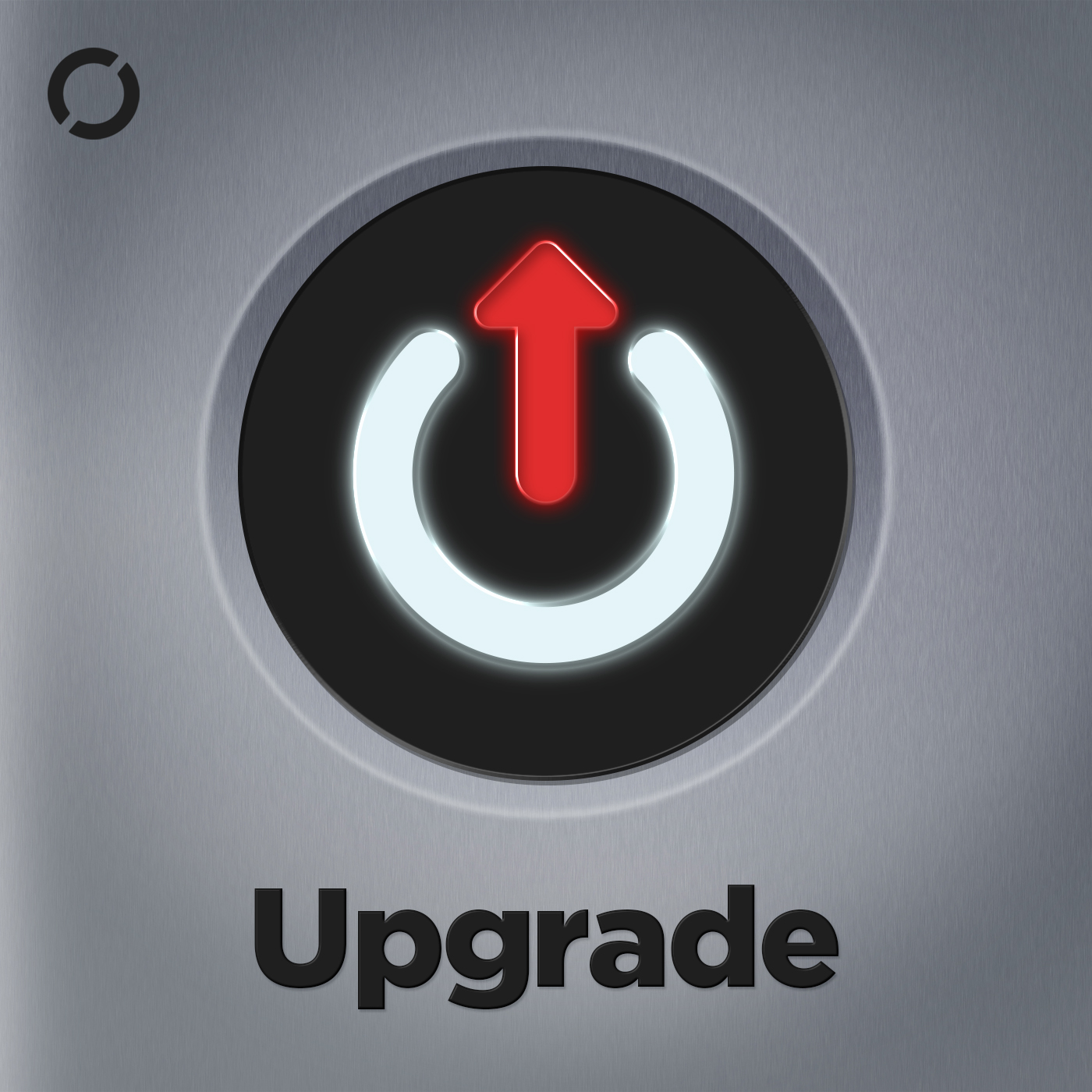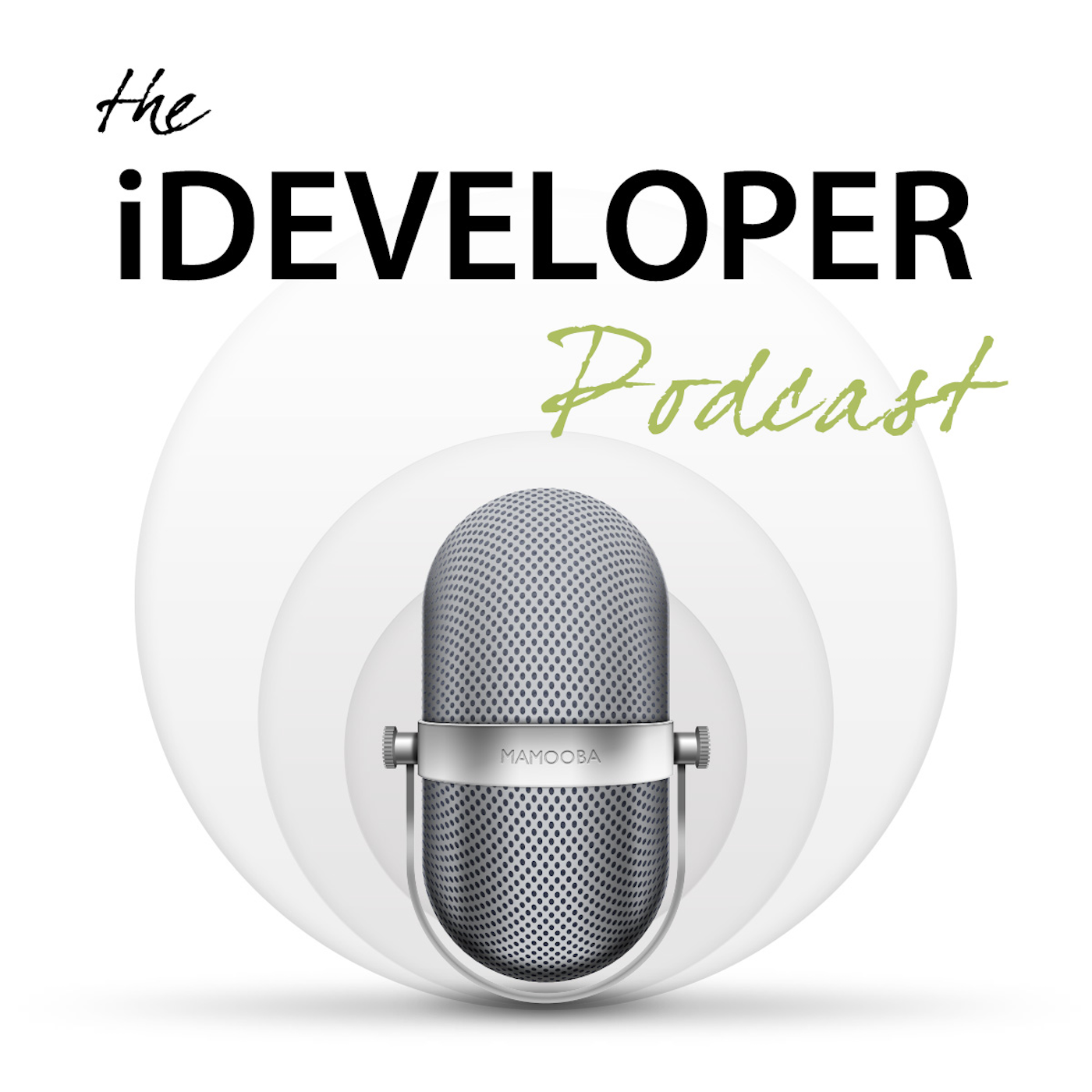
Piano, finally
Piano Finally is a podcast by an old bloke who is learning the piano, finally. I cover the process of learning the piano and music theory as an adult learner. I also review piano books, hardware and other materials from an adult learner's perspective.
Piano, finally
Episode 12 - Planning to Practise
Struggling to keep your piano practice consistent amidst a busy schedule? Join me, David Reidy, on this week's episode of Piano, Finally, where I share my personal journey of mastering the keys while managing real-life challenges. Plus, hear how the Roland keyboard and Pianoteq software have become essential tools in my musical toolkit, and discover my quest for a more organised practice routine.
Curious about the life of a classical pianist? I highly recommend exploring Tiffany Poon's YouTube channel for an insider's look at her Schumann expertise and global performances. In this episode, I also provide a detailed progress update on my rendition of Nino Rota's "A Time For Us" from Romeo and Juliet. Learn about the technical setup I use.
You can contact me:
- via email at david@pianofinally.show; this is probably the best option
- the show website, www.pianofinally.show
- Instagram and Threads @pianofinally
- and on YouTube
- all the podcast directories - list
- here's the RSS feed
Some of the links to books and other items mentioned in the podcast may affiliate links for Amazon or other providers. If you use one of these links, a commission may be paid to me at no additional cost to you. Thank you if you use a link.
All reviews of products, websites and services are unpaid, and no sponsorship has been received for any content on this podcast.
G'day everyone. I'm David Redy and welcome to Piano. Finally, a podcast by an old bloke who's getting around to learning the piano. Finally, welcome to show 12. Thank you for joining me. If this is the first time you've heard the show, welcome. If you've been here before, welcome back.
David Reidy:The Kawaii NV10 is still silent. Stan, the technician, had me try a couple of things to see if it was something that could be ironed out without another trip up the mountains, but no luck. So we're going to schedule another afternoon. It'll be hard to fit in. This week we're running the Vinnies Winter Sleepout, where around 70 of our student volunteers sleep outside overnight to build empathy with homeless people. I'll be spending the night supervising. This is combined with fundraising for the less well-off in our local area. It's a great way of raising awareness, but I don't expect to be getting much sleep next Friday. While I was trying things out on the Kawai, I found that you can remove the fallboard and see the mechanism inside the piano. I resisted the urge to do anything more than look while tapping the keys. It made me think that I'd like a grand piano so I can watch everything working. Practicing on the Roland is going well. Using the Pianoteq software has added some interest to sitting at the keyboard, but I've decided I need to get much more organised for each practice session. More about that later in the episode.
David Reidy:This week's YouTube suggestion is Hong Kong board concert pianist Tiffany Poon's channel. As a pianist, tiffany is an expert in the music of Robert Schumann and her website includes a documentary about Schumann and his music. You can find that documentary on YouTube too. Although the channel contains many performances of pieces by a wide range of composers, that's not the main reason I'm suggesting it. I'm a fan of the channel because it gives an insight into the life of a successful classical pianist. Tiffany released her first album earlier this year and, as she mentions in one of her recent videos, since she signed up with a professional management company, the opportunities for her to perform in cities around the world have increased. Each of her debuts in a new city is accompanied by a vlog of her preparing for the concert. She shows the process of deciding on which instrument will be used for the performance. I'd never thought there would be a range of Steinway grand pianos from which to choose at any venue, but apparently they have them stacked up out the back. In the videos. Tiffany speaks openly about the challenges and struggles, as well as the joy of being a professional pianist. Her insights are a great way to start understanding the lives of those sitting on the bench at the front of the stage. Tiffany's performances are great and range widely, including many of the standard classical piano repertoire, but with enough other works to ensure you hear something different. You can also listen to her on Apple Music and other music streaming services.
David Reidy:Planning to practice At least once a day. You sit down at the piano to practice At least it's meant to be once a day but life's busy and sometimes you miss. But let's assume that you're going to get to practice fairly often. You're sitting there, but what are you going to do? The problem I have when sitting down to practice is deciding what to do and working out where I'm up to with everything. There are scales to do, pieces to practice, probably some exercises I should be working through and points from my piano teacher that I'm meant to keep in mind, and at the same time, I really have to concentrate on what I'm doing so my mind doesn't wander and I make mistakes, since practice is either first thing in the morning or when I'm home from work and feeling a bit tired. Keeping track of a coherent practice routine can be hard. I've tried a practice diary, but it has proved ineffective because it needs to be filled out after each session and if that's in the morning, I'm usually leaving immediately after I finish playing so I can fit in as much practice as possible. Nothing gets recorded in the diary and then I don't put the next session in because it's not accurate. So I've decided that the diary isn't my style. As a result, at the moment I work from memory.
David Reidy:Scales are important all of them although according to George Winston, b major and B minor are pretty rare and should be left to last. Therefore, I will start with practising some scales. At the moment, that's all the non-flat major scales, even the B. My piano teacher's instructions are to concentrate on making all the notes equal in volume, especially those played with fingers 4 and 5. I play the scales in alphabetical order, not circle of fifths order. Yes, I know that if you use circle of fifths the number of sharps goes up by one each time, but there's an easy way to remember the number of sharps anyway. Alphabetically, the number of sharps is 2, 4, none, 3, 5, none, 1. The first none is the C and the second none, none is the F, which just has the B flat. I find it much easier to remember the alphabet than to have to use fish, can't get drunk after eating bait and start counting at minus 1 and don't even mention Father Charles. I expect that when I get to the flat scales I'll have to develop some more shortcuts.
David Reidy:I start piece practice at the moment with my two allowable run-throughs of Gigue. Then it's on to my current practice pieces Nino Rota's A Time For Us and a Jennifer Eklund arrangement of Pachelbell's Canon in D. The Rota piece is in today's practice recording but I'm not ready to show off the Pachelbell. It still sounds like individual notes and not a piece of music. Once it sounds better I'll record it and let you in on a trick I found to make it a bit easier to learn with its two sharps and the key signature. If there's time, I finish up with one or two sight reading pieces from the Paul Harris book. I'm finding them fairly simple at the moment, but I am using book one after all. That's my current practice plan. It's a bit hit and miss and I often realise that I've left something out or forgot to focus on a particular aspect of a piece, so I've got to come up with some better organisation. I've looked into iPad software but haven't found anything I like enough to use regularly. I think I'll program something myself. We'll see.
David Reidy:Last week I started reviewing the Piano Tech 8 software. This software models different pianos and other instruments and can be used with a MIDI keyboard to experience a wide range of expensive pianos. Pianot eq 8 is made by the French company ModArt and although it's not cheap software, you can try an almost complete demonstration version for free. This week I'm going to look at just one of the instruments now you can use for practice as well as for performances and recordings, which is what it's actually designed for. The piano I have chosen is the Bösendorfer 280VC, the latest instrument ModArt has added to the software and their most advanced piano model so far. In this part of the review I will use the piano in its different default configurations. In a later review I'll investigate all the changes you can make to the instrument.
David Reidy:13 different presets come with the piano, ranging from warm to bright, with further settings for classical, jazz, pop and cinematic music. There are also modifications to the piano with two different models which include felt added to the strings. There is also a player setting that simulates the sound you hear as the pianist sitting at the piano. That's the setting I use when practising, as it removes the room acoustics from the model, so it sounds much closer to the room I'm in rather than a grand concert hall Used with headphones. It sounds amazing. Here are four examples of the Bosendorfer presets, in order they are Warm, bright, cinematic and Felt 1. And yes, it's the Samuel Arnold G. Again, I'm not counting those as practices, thank you. Piano plays softly. Being able to practice on hundreds of different quality pianos is a great way to spice up even the most repetitive practice program.
David Reidy:Well, that's it for this week. If you'd like to contact me, email is the best way. You'll find me at david at pianofinelyshow and the website at wwwpianofinelyshow. In both cases, pianofinely is all one word. The show is also on Facebook, instagram and Threads. You can subscribe via any popular iOS or Android podcast application or from directories such as Apple Podcasts, spotify or YouTube Podcasts. The show notes for this episode are on the website and include a text me link which will let you send me a message. So until next episode, I hope your piano stays in tune and you enjoy your time at the keys, piano stays in tune and you enjoy your time at the keys.
David Reidy:This week's piece is the same as last week's. It's the beginning of Nino Rota's A Time For Us from Franco Zeffirelli's film Romeo and Juliet. Progress has been slow as work got in the way of practice on a couple of days, so I'm still working on keeping the tempo consistent. I'm up to bar nine and a half but still trying to get the left-hand chords consistent Because I'm using the Roland and the recording equipment is attached to the Kawaii in another part of the house. I've had to change slightly the way I did this recording. I played the keyboard using the Pianot eq Bosendorfer 280VC on the player setting with headphones using Pianot eq to record the MIDI and then used that to play it back using the classical recording preset. Thank you, thank you.
Podcasts we love
Check out these other fine podcasts recommended by us, not an algorithm.

Connected
Relay
Upgrade
Relay
No Such Thing As A Fish
No Such Thing As A Fish
We Can Be Weirdos
Global
Stuff The British Stole
ABC and CBC
The iDeveloper Podcast
Steve Scott (Scotty) & John FoxRaven On: A Pop Culture Podcast
Natalie Bochenski & Stuart Layt
Smart Enough to Know Better
Dan Beeston & Greg Wah
TopMusic Piano Podcast
Tim Topham
The Chopin Podcast
Garrick Ohlsson and Ben Laude



